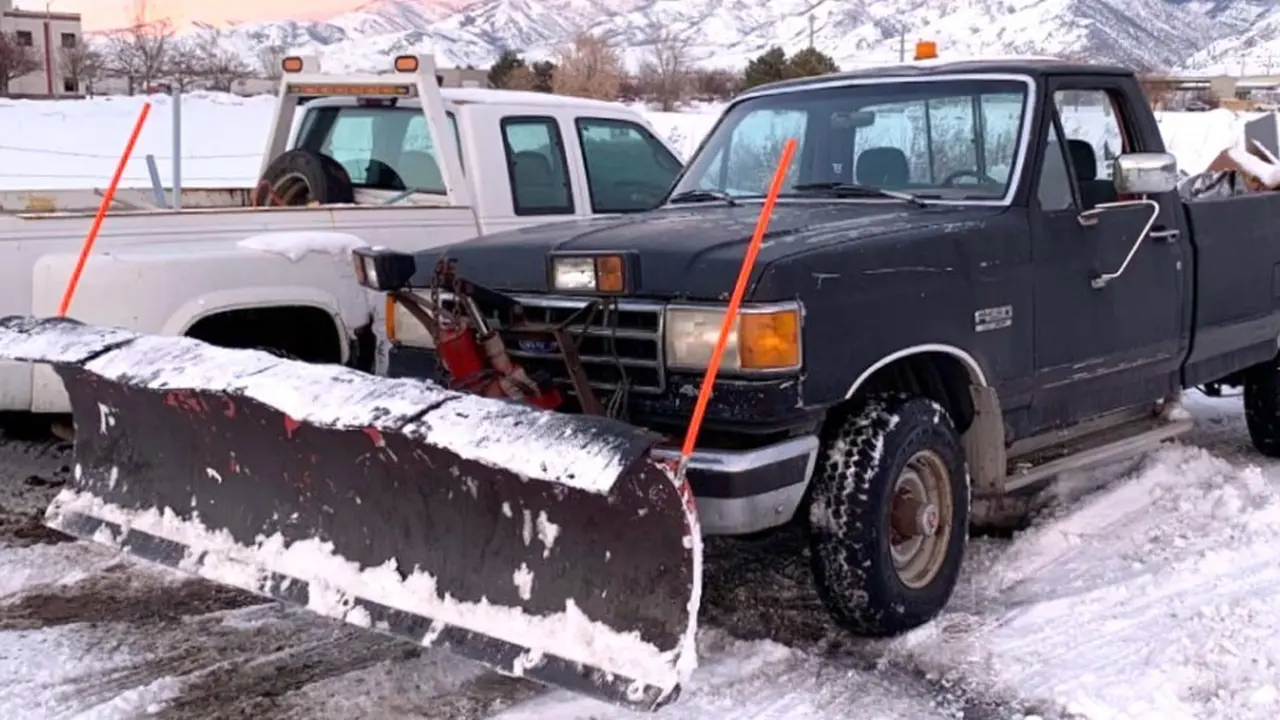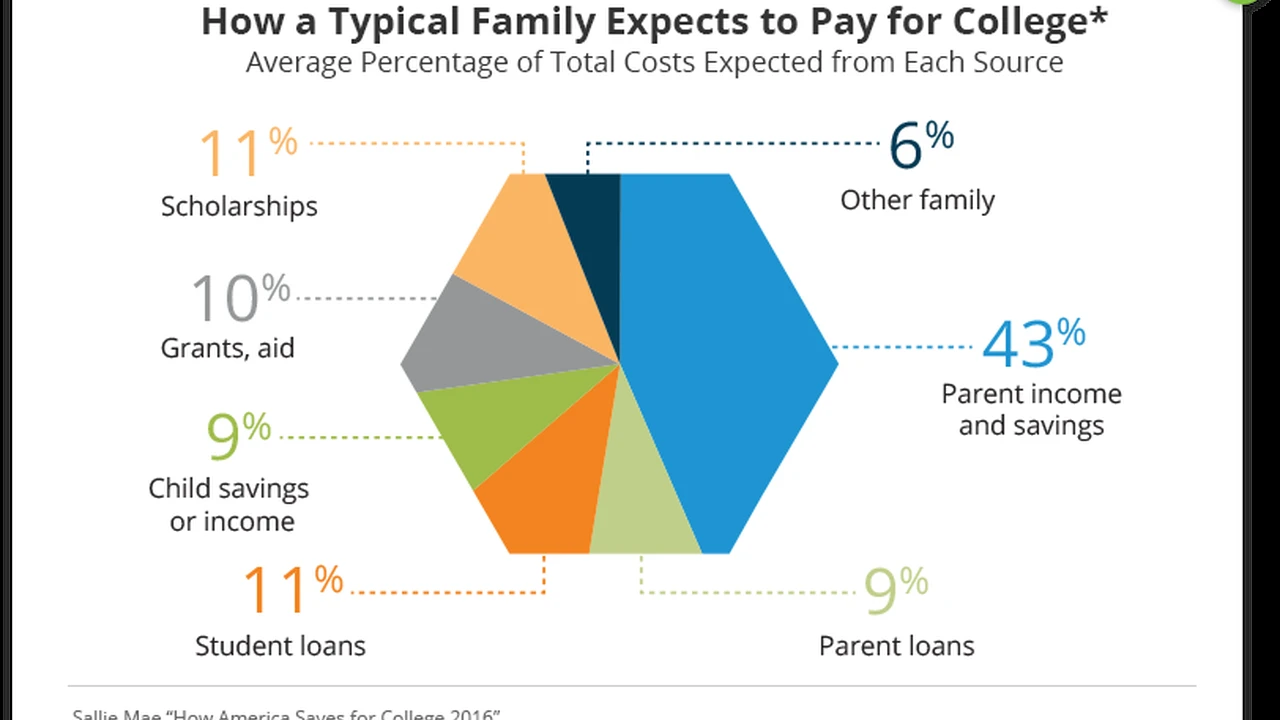Teen Driver Insurance in Illinois: What Impacts Premiums?
Sample meta description.

Understanding Teen Driver Insurance Costs in Illinois A Comprehensive Guide
So, you're navigating the wild world of teen driver insurance in Illinois? Buckle up, because it can be a bit of a ride! Getting your license is a huge milestone, but it also means adding another driver – a *teen* driver – to your insurance policy. And that usually translates to higher premiums. But why? Let's break down the factors that impact how much you'll be paying.
Key Factors Influencing Illinois Teen Driver Insurance Rates Demystified
Several things contribute to the cost of insuring a teen driver in Illinois. It's not just random numbers; insurance companies use data and statistics to assess risk. Think of it like this: they're trying to predict how likely your teen is to get into an accident.
Driving Record Matters Insurance Premiums and Teen Drivers
A clean driving record is gold! If your teen has already had a few fender-benders (or worse), expect to see a significant jump in premiums. Even minor infractions, like speeding tickets, can impact the cost. Insurance companies see a history of accidents or violations as an indicator of higher risk.
Age and Experience The Learning Curve and Insurance Costs
This one's pretty obvious. Younger, less experienced drivers are statistically more likely to be involved in accidents. That's just a fact. The longer your teen has been driving safely, the lower the risk (and therefore the lower the premium) becomes. Remember those learner's permits? They're not just about learning to drive; they're about building experience that can eventually lower insurance costs.
The Car They Drive Vehicle Choice and Insurance Affordability
The type of car your teen drives also plays a huge role. A brand-new sports car? Expect to pay a lot more. A sensible, older sedan with good safety ratings? That'll be much easier on the wallet. Insurance companies consider factors like the car's value, how easy it is to repair, and its safety features. They also look at how likely the car is to be stolen. So, think practical when choosing a car for your teen.
Location Location Location Geographic Factors and Insurance Rates
Believe it or not, where you live in Illinois can impact your insurance rates. If you live in a densely populated area with lots of traffic, you're likely to pay more than someone who lives in a rural area with fewer cars on the road. Insurance companies consider factors like accident rates, theft rates, and even weather patterns in different areas.
Coverage Levels Policy Options and Premium Impact
The amount of coverage you choose also affects your premiums. Minimum liability coverage will be the cheapest, but it might not be enough to protect you in a serious accident. Higher coverage limits will provide more protection, but they'll also cost more. It's a balancing act between affordability and peace of mind.
Discounts Explore Savings Opportunities for Teen Driver Insurance
Good news! There are often discounts available that can help lower the cost of teen driver insurance. Look for things like good student discounts (if your teen is getting good grades), driver's education discounts, and multi-policy discounts (if you bundle your auto and home insurance). Don't be afraid to ask your insurance agent about any available discounts. They might not volunteer them!
Specific Illinois Teen Driver Insurance Products Recommendations and Comparisons
Okay, let's get down to brass tacks. Here are a few examples of insurance products that might be suitable for teen drivers in Illinois, along with comparisons and estimated costs (keep in mind these are just examples and actual rates will vary!).
State Farm Drive Safe & Save Telematics Program
What it is: A telematics program that tracks your teen's driving habits using a smartphone app or a device installed in the car. How it works: The app monitors things like speed, hard braking, and distracted driving. Safe driving habits earn discounts. Best for: Responsible teens who are willing to share their driving data in exchange for potential savings. Estimated Cost: Initial discount of around 5%, with potential for up to 30% savings based on driving habits. Pros: Encourages safe driving, potential for significant discounts. Cons: Requires monitoring, may not be suitable for teens who are uncomfortable sharing their data.
Allstate Milewise Pay-Per-Mile Insurance
What it is: A pay-per-mile insurance policy where you pay a base rate plus a per-mile rate. How it works: Allstate tracks your mileage using a device plugged into your car. Best for: Teens who don't drive very often or who live in areas with low mileage. Estimated Cost: Base rate plus a per-mile rate (e.g., $50 base rate + $0.05 per mile). Pros: Can be very affordable for low-mileage drivers. Cons: Can become expensive if your teen drives a lot.
Progressive Snapshot Program
What it is: Similar to State Farm's Drive Safe & Save, Progressive Snapshot tracks driving habits. How it works: Uses a plug-in device to monitor driving behavior. Best for: Teens with safe driving habits who want to earn discounts. Estimated Cost: Discounts vary based on driving habits. Pros: Potential for significant savings, encourages safe driving. Cons: Requires monitoring, some drivers may not be comfortable with the data collection.
Comparing the Options A Quick Overview
Here's a quick table comparing these options:
| Product | Description | Best For | Pros | Cons |
|---|---|---|---|---|
| State Farm Drive Safe & Save | Telematics program tracking driving habits. | Responsible teens willing to share data. | Encourages safe driving, potential discounts. | Requires monitoring. |
| Allstate Milewise | Pay-per-mile insurance. | Low-mileage drivers. | Affordable for low mileage. | Expensive for high mileage. |
| Progressive Snapshot | Telematics program tracking driving habits. | Safe drivers seeking discounts. | Potential savings, encourages safe driving. | Requires monitoring. |
Defensive Driving Courses Boosting Safety and Lowering Premiums
Encouraging your teen to take a defensive driving course is a smart move. Not only does it improve their driving skills, but it can also qualify them for a discount on their insurance. Look for courses approved by the Illinois Secretary of State.
Parent-Teen Driving Agreements Setting Expectations and Promoting Safety
A parent-teen driving agreement can be a valuable tool for setting expectations and promoting safe driving habits. This agreement should outline rules and consequences related to things like distracted driving, speeding, and driving under the influence.
The Long Game Building a Safe Driving History for Long-Term Savings
Remember, building a safe driving history takes time. The longer your teen drives safely, the lower their insurance rates will become. Encourage them to drive responsibly and avoid accidents and violations. It's an investment in their future (and your wallet!).
Shop Around Get Multiple Quotes for the Best Illinois Teen Driver Insurance Rates
Don't settle for the first insurance quote you get. Shop around and compare rates from multiple companies. Online quote tools can be a great way to get started, but it's also a good idea to talk to an independent insurance agent who can help you find the best coverage at the best price.
Understanding Liability Coverage Protecting Yourself Financially
Liability coverage protects you financially if your teen causes an accident and injures someone else or damages their property. Make sure you have enough liability coverage to protect your assets. Consider increasing your liability limits above the state minimum.
Collision and Comprehensive Coverage Protecting Your Vehicle
Collision coverage pays for damage to your vehicle if it's involved in an accident, regardless of who's at fault. Comprehensive coverage pays for damage to your vehicle caused by things like theft, vandalism, or natural disasters. These coverages can be especially important if your teen is driving an older car.
Staying Informed The Ever-Changing Landscape of Insurance
The world of insurance is constantly evolving. Stay informed about changes in laws, regulations, and insurance products. Regularly review your insurance policy to make sure it still meets your needs. And don't be afraid to ask your insurance agent questions. They're there to help you navigate the complexities of insurance.
:max_bytes(150000):strip_icc()/277019-baked-pork-chops-with-cream-of-mushroom-soup-DDMFS-beauty-4x3-BG-7505-5762b731cf30447d9cbbbbbf387beafa.jpg)






